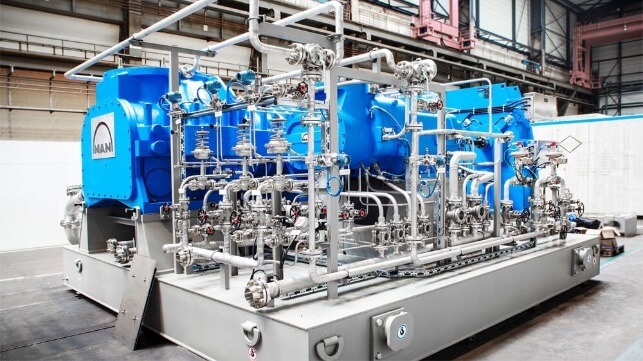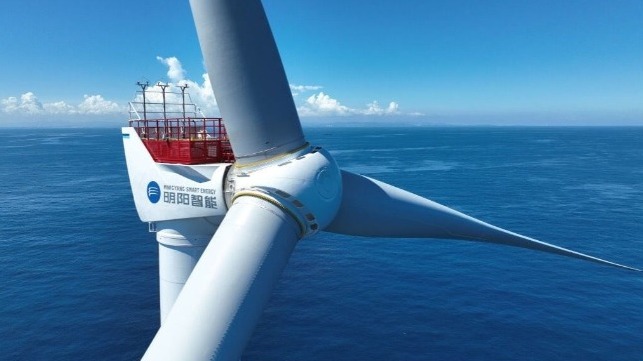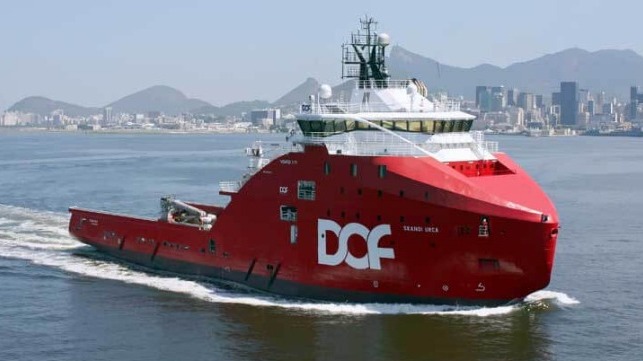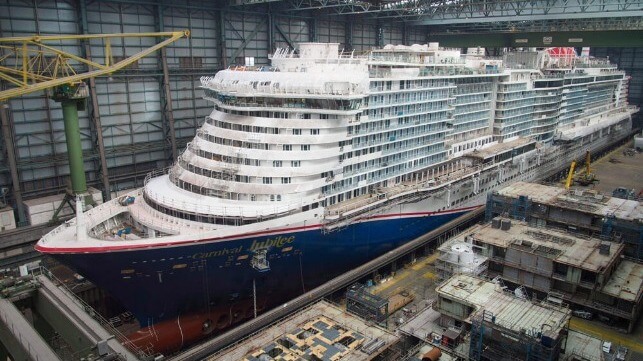Study: Blue Hydrogen's Emissions Could be Doubled By Upstream Gas Leaks
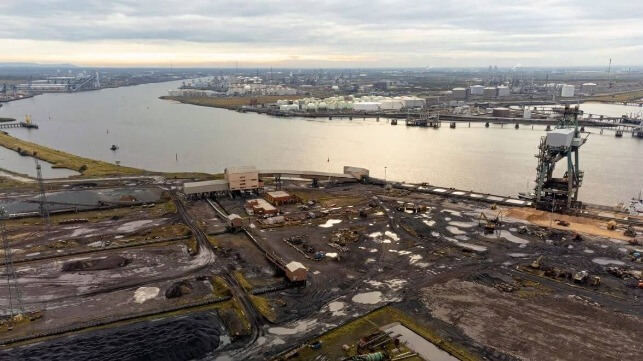
A new study from climate consultancy Carbon Tracker suggests that the CO2 emissions from natural gas-based "blue" hydrogen could be up to two times higher than expected - not because of the underlying carbon capture technology, but because of upstream emissions, which may be outside of the H2 producer's control.
Methane is released in varying amounts during the extraction, processing and transport of natural gas. It is a potent greenhouse gas, far more conducive to warming than carbon. Upstream methane leakage affects the lifecycle GHG profile of every user downstream. That includes producers of blue hydrogen, which is gray hydrogen (made from natural gas) coupled with carbon capture to abate the production plant's exhaust.
Blue hydrogen is among the most commonly-discussed alternative fuels for the green transition, since it can be produced from an abundant gas feedstock using familiar technology. The advent of a blue hydrogen industry could spur new long-term demand for natural gas, extending the runway for this fossil fuel and giving it a new lease on life in a "green" economy.
However, the study suggests that "[blue hydrogen] projects can be considered low-carbon only if, on top of achieving high-carbon capture rates, they can guarantee to utilize natural gas with low upstream emissions." Factoring in these upstream emissions, Carbon Tracker looked at the unintended consequences of boosting blue hydrogen production and creating new demand for natural gas, particularly for projects in the UK and Europe.
As gas reserves decline in the North Sea, Britain is increasingly reliant on imported American LNG. This means that if blue hydrogen ramps up in the UK, it would create more demand for natural gas extracted in the United States and shipped across the Atlantic. Given the comparatively high methane leakage rate of the U.S. natural gas industry, hydrogen made in Britain from American LNG would have a high lifecycle GHG profile, simply because of the practices of U.S. natural gas producers. American LNG's upstream emissions intensity is 10-15 times greater than UK pipeline gas, depending upon the source.
"Even with the best technology, blue hydrogen from imported LNG could emit up to 2.5 times more than the UK’s low carbon hydrogen standard," Carbon Tracker found. "Green hydrogen, produced from renewable electricity, remains the only truly low-emission pathway."
To resolve this "significant regulatory blind spot" for blue hydrogen, Carbon Tracker urged the adoption of strong standards for emissions monitoring, reporting and verification (MRV) for the upstream natural gas industry. "The current self-reporting framework is not working and there is a large gap between reported and measured emissions," the consultancy warned.
It also called for UK and EU policymakers to support only carbon-capture projects that "deliver permanent emissions reductions on the whole supply chain," on a lifecycle basis. This would exclude projects with high upstream emissions and would require blue H2 producers to guarantee that their feedstock suppliers would have low rates of methane leakage.
"If conditions for low-carbon blue hydrogen and gas-CCS cannot be met, a stronger focus should be placed on green hydrogen from renewable sources and alternative flexibility technologies, such as long-duration energy storage, pumped hydro and green hydrogen turbines," the consultancy advised.
